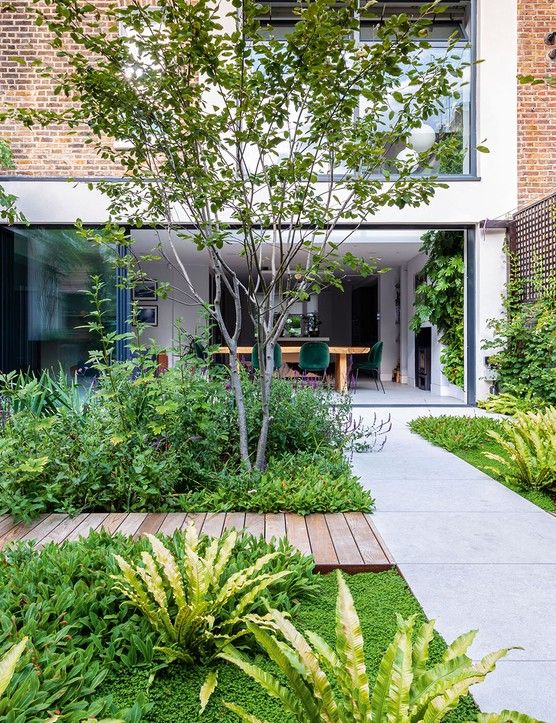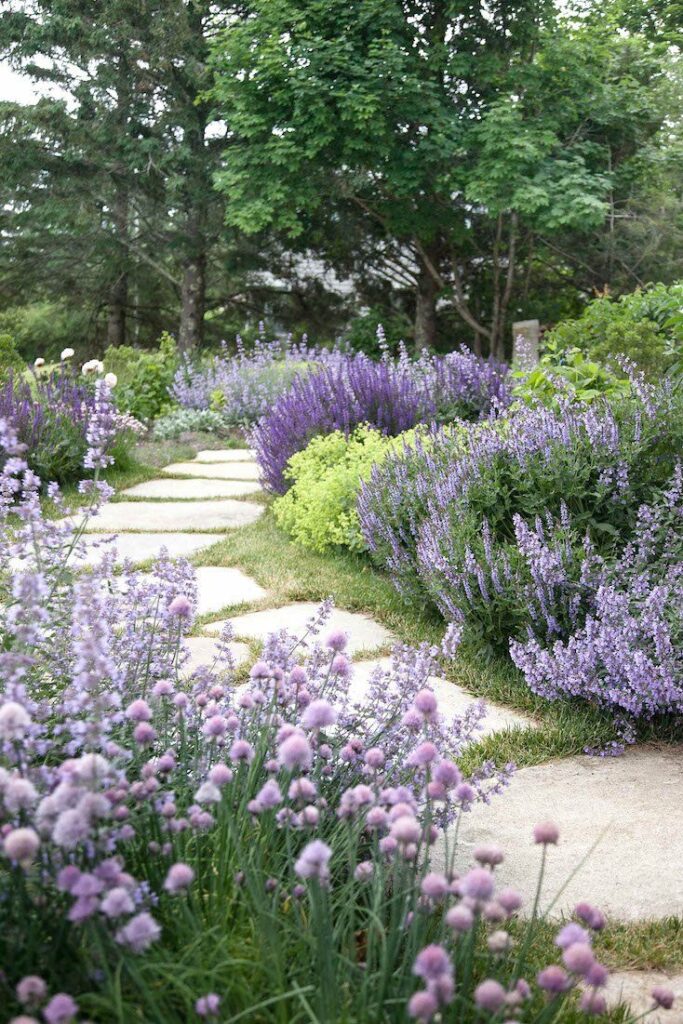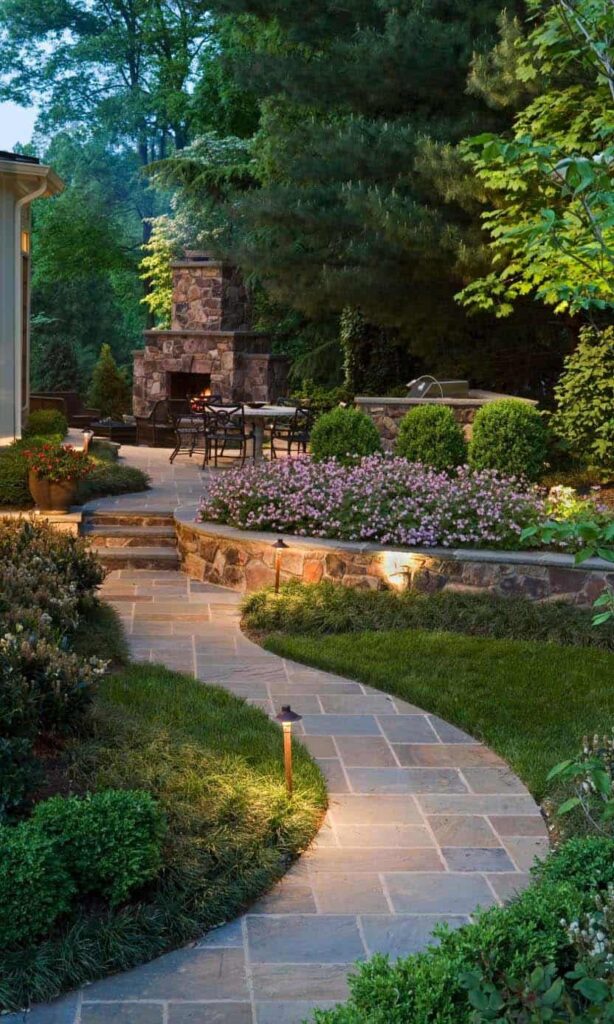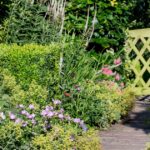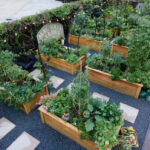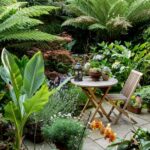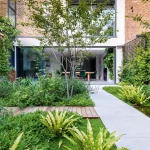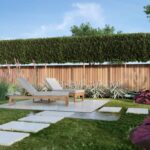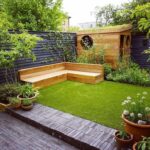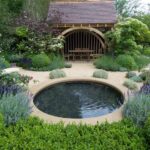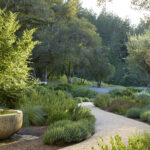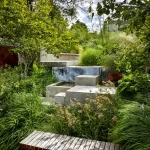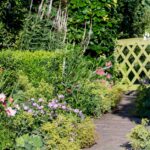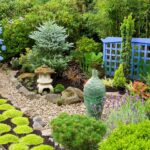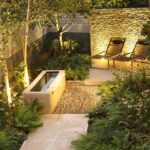Garden design is an essential aspect of creating a beautiful outdoor space that can be enjoyed for years to come. Whether you have a small urban backyard or a sprawling country estate, thoughtful planning and design can truly transform any garden into a tranquil oasis. There are a few key elements to consider when designing a garden, such as choosing the right plants, creating focal points, and incorporating hardscaping elements like pathways and seating areas.
One of the first steps in garden design is selecting the right plants for your space. It’s important to consider factors such as sun exposure, soil type, and climate when choosing plants, as these will all impact the success of your garden. Additionally, selecting a mix of plants that bloom at different times of year can ensure your garden looks beautiful and vibrant throughout the seasons.
Focal points are another important aspect of garden design, as they help draw the eye and create interest in the space. Focal points can be anything from a striking statue or fountain to a beautifully blooming tree or shrub. By strategically placing these elements throughout the garden, you can create a sense of balance and harmony that will enhance the overall aesthetic of your outdoor space.
Incorporating hardscaping elements like pathways, seating areas, and garden structures can also add depth and interest to your garden design. Pathways can guide visitors through the space and create a sense of flow, while seating areas provide a place to sit and relax and enjoy the beauty of the garden. Garden structures like pergolas, arbors, and trellises can add vertical interest and provide support for climbing plants, adding another layer of visual appeal to the space.
When designing a garden, it’s important to also consider the overall layout and flow of the space. Creating separate areas for different purposes, such as a dining area, a vegetable garden, and a flower garden, can help organize the space and make it more functional. Additionally, using curved lines and varied textures in the design can create a more natural and organic feel, while incorporating different levels and layers can add depth and interest to the garden.
Ultimately, garden design is a highly personal and creative process that allows you to showcase your unique style and personality. By carefully planning and selecting the right plants, focal points, and hardscaping elements, you can create a garden that is not only beautiful but also functional and enjoyable to spend time in. Whether you’re a seasoned gardener or just starting out, implementing these key elements into your garden design can help you create a space that you’ll love for years to come.
